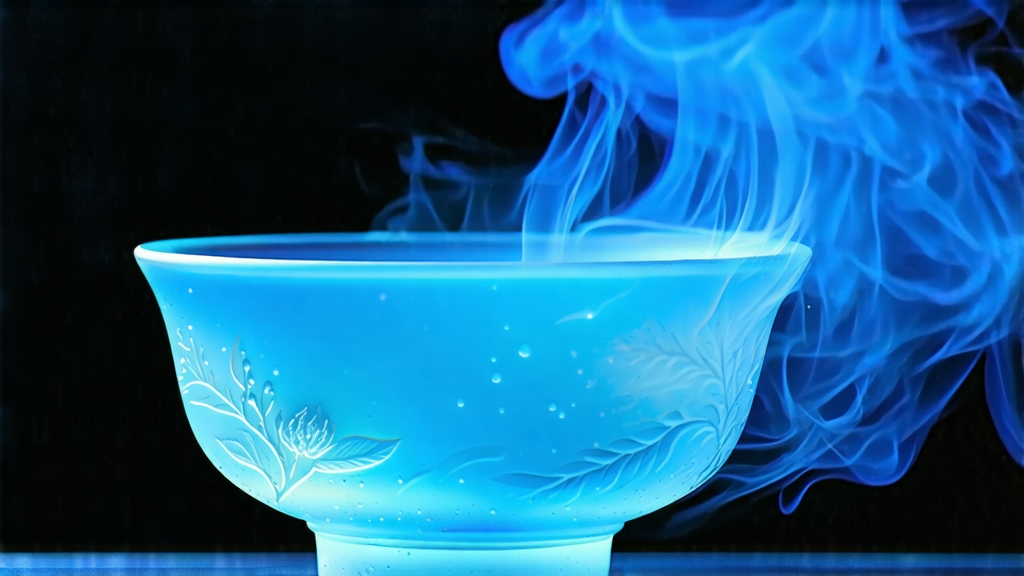
Among the six major classes of Chinese tea, white tea is the least interventionist, and within that minimalist family Silver Needle—Bai Hao Yin Zhen—stands as the aristocrat. International drinkers often meet white tea first through bagged “white peony,” yet the pinnacle experience is a hand-full of erect, silvery buds that look more like artisanal jewelry than agricultural product. To understand China’s oldest documented loose-leaf style, one must follow the Tai Lao Mountains down to Fujian’s northern coast, where sea fog and mountain cloud converge around the counties of Fuding and Zhenghe. Here, between the 27th and 29th parallels, the Da Bai cultivar broadens its leaves, hoards amino acids, and grows a down so dense it resembles hoarfrost. Those buds, plucked for only a few spring mornings, become Silver Needle.
Historical records first mention “white tea” during the Song dynasty (960-1279), when imperial cake-tea makers selected pale, down-covered buds for tribute. The loose-leaf technique that defines modern Silver Needle crystallized in the 1790s, when Fuding tea farmers, tired of compressing cakes, simply air-dried the buds on bamboo screens and shipped them down the Saiqi River to Canton merchants. European ports labeled the cargo “silver tips,” and by the late nineteenth century London auction catalogs listed Yin Zhen at prices above first-flush Darjeeling. The 1915 Panama-Pacific International Exhibition awarded a Gold Medal to Fuding Silver Needle, sealing its global reputation before two world wars and a communist embargo pushed it back into regional obscurity. Only in the 1990s, when China reopened specialty export channels, did the downy buds reappear in Western teashops, now wrapped in parchment-like paper and sold at gram-not-kilogram prices.
Silver Needle is not a generic white tea; it is a legally protected origin product. China’s National Standard GB/T 22291-2017 stipulates that only buds plucked from the Da Bai or Da Hao cultivar, between mid-March and early April, within defined townships of Fuding, Zhenghe, Jianyang, and Songxi, may bear the name Bai Hao Yin Zhen. Two substyles emerge: the “North Road” (Fuding) and “South Road” (Zhenghe). North-road gardens sit on red granitic soils at 400–600 m, where cool sea breezes lengthen withering; the finished tea smells of fresh melon and orchid. South-road plots, tucked into higher volcanic valleys, experience warmer days and colder nights, yielding thicker cell walls and a liquor reminiscent of honeyed apricot. Purists compare them to Burgundy’s Chablis versus Meursault—same grape, different geology.
Processing Silver Needle is a meditation on restraint. Once buds arrive at the cottage factory, they are laid upon reed trays in a single, breathable layer. No frying, no rolling, no shaking—only time, air, and subtle heat. The first eight hours belong to outdoor withering under early-spring sun, where enzymes begin oxidizing catechins into theaflavins. Workers then move the trays indoors for another 36–48 h of gentle wind from charcoal-heated ducts kept at 28 °C. Moisture drops from 75 % to 8 %, but the goal is not mere drying; it is a controlled enzymatic browning that preserves L-theanine while softening astringency. A final “moonlight” stage, unique to high-grade lots, spreads the buds under open skylights for one night, allowing dew to rehydrate the surface cells so they contract into the signature fish-hook shape. Total human touch: a light hand-toss every hour and the patience to wait for nature’s signal.
Because the bud remains intact, Silver Needle demands a different brewing grammar. Begin with a tall, clear glass or a thin-walled gaiwan; transparency lets you watch the “three ups and three downs” dance as air trapped in the hollow stem buoys the bud, then releases it. Water should be spring-soft and 80 °C—hot enough to wake amino acids yet cool enough to keep trichomes intact. A 1:50 gram-to-milliliter ratio (3 g in 150 ml) is standard, but the secret is the slow pour: circle the rim so each bud receives identical thermal shock. First infusion, 45 s,